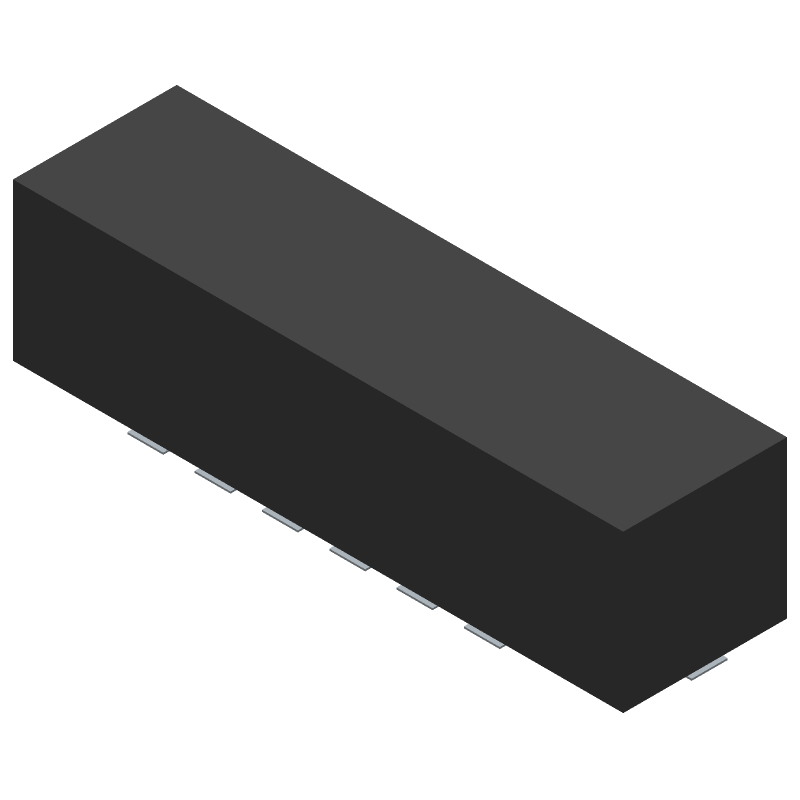-
Mini-Circuits provides a recommended PCB layout and footprint in their application notes, which can be found on their website. It's essential to follow these guidelines to ensure optimal performance and minimize parasitic effects.
-
The BPF-A69+ has a nominal impedance of 50 ohms. To impedance match, use a pi-network or a T-network with resistors and capacitors to match the filter's impedance to your system's impedance. You can use online impedance matching tools or consult with an RF engineer for assistance.
-
The maximum power handling of the BPF-A69+ is not explicitly stated in the datasheet. However, according to Mini-Circuits, the filter can handle up to 10W of continuous power. It's essential to derate the power handling based on the operating frequency, temperature, and other environmental factors.
-
The BPF-A69+ is designed for commercial applications and is not intended for use in harsh environments. However, Mini-Circuits offers custom designs and screening options for filters that need to operate in extreme temperatures, humidity, or other challenging conditions. Contact their sales team for more information.
-
To troubleshoot issues with the filter, start by verifying the PCB layout and footprint, ensuring that it matches the recommended design. Then, check the filter's impedance matching and power handling. If the issue persists, consult the datasheet and application notes, or contact Mini-Circuits' technical support for assistance.
 BPF-A69+ datasheet
by Mini-Circuits
BPF-A69+ datasheet
by Mini-Circuits
Findchips
 BPF-A69+ datasheet
by Mini-Circuits
BPF-A69+ datasheet
by Mini-Circuits
 Findchips
Findchips